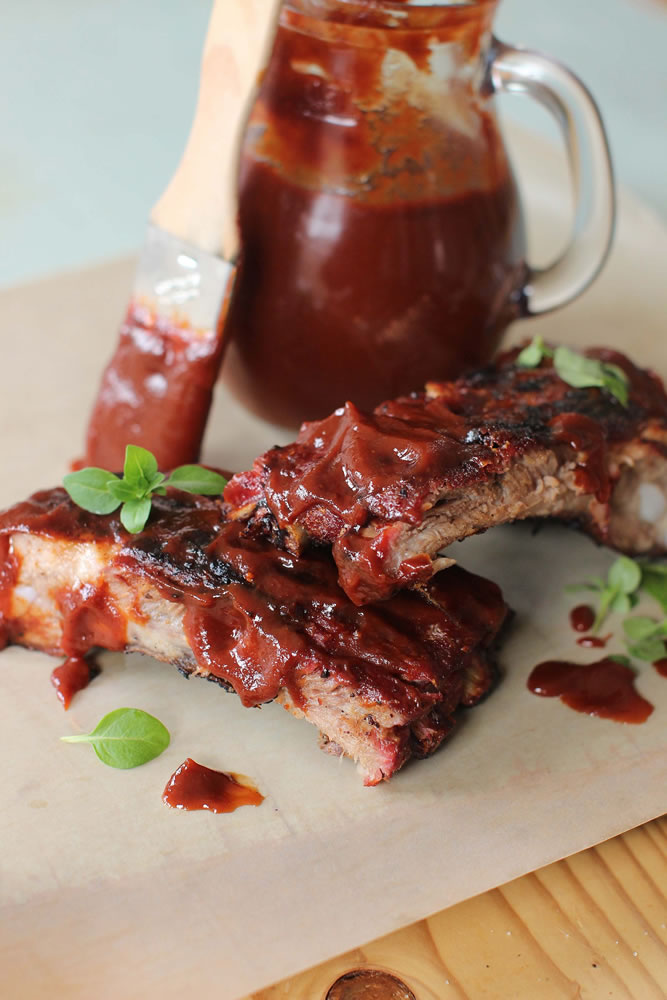Barbecue sauce is a very personal thing. For some, it means a thick, sweet red sauce. For others, it is mustard-based. For those who grew up in North Carolina like I did, it’s vinegar-based. Regional differences aside, these days barbecue sauces are made from everything from blueberries to espresso to orange juice, maple syrup, tequila and beer.
And I love them all! The term “barbecue sauce” has become a catch-all for a quick sauce to go on meat, poultry and fish, either as a finishing glaze or a dipping sauce, and truly anything goes!
On the competitive barbecue circuit, most teams start with their favorite store-bought barbecue sauce, then doctor it with “secret” ingredients. Favorite add-ins include bourbon, brown sugar, squeeze margarine, honey, maple syrup, soy sauce, beef bouillon and a healthy dose of the spice rub that already is used on the meat.
Doctoring up a purchased product is one way to get a personalized barbecue sauce. But my preference is to start from scratch. That way you don’t have to spend time covering up anything you don’t like. Instead, you can layer on the flavors you love. And you’ll be shocked by how easy it is.




